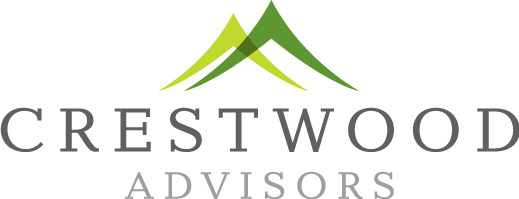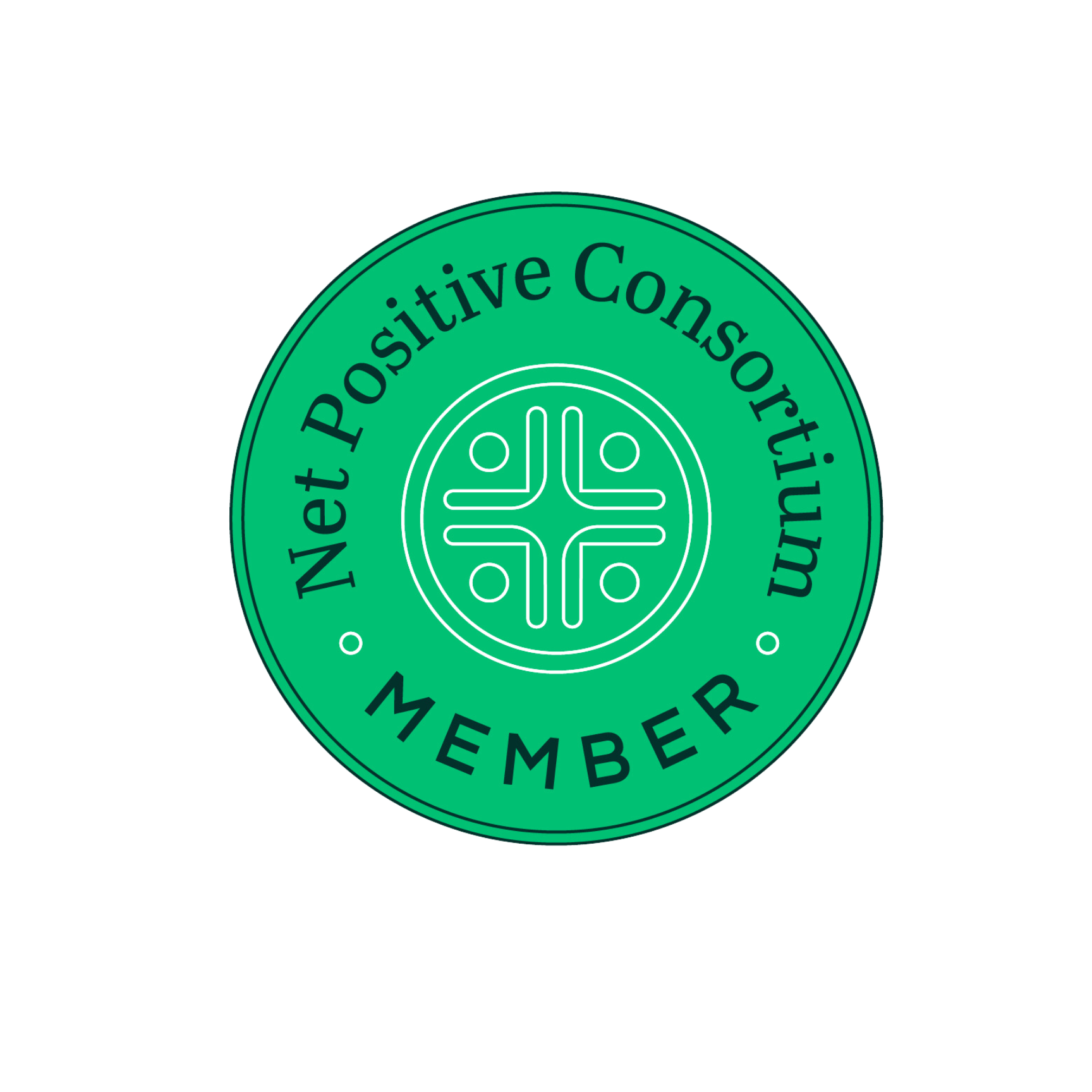2022 Planning Opportunities
So far, 2022, which is the Chinese Year of the Tiger, has been a tumultuous and eventful year full of change! We are likely to continue to experience significant volatility as the Fed continues to raise interest rates in hopes of curtailing inflation, and there remains a hefty amount of uncertainty in the economy, the markets, and the world.
As we approach the end of the year, this can be a good time to take stock and be courageous and assertive regarding your current financial picture and long-term life goals.
Here are a few considerations:
Capital Gains and Losses
Where appropriate, we are working to take advantage of tax optimization strategies within your portfolios, as we do throughout the year, including tax-loss harvesting strategies. Additionally, holdings with large gains, including legacy stock, are often good candidates for charitable contributions.
Roth IRA Conversions
If you plan to do a Roth IRA conversion, the transfer will need to take place by the end of the year. A Roth conversion transforms all or part of a Traditional IRA into a Roth IRA. The amount converted is taxed in the year of the conversion as ordinary Income. The benefit is that this allows the Roth assets to avoid future federal taxes on distributions. If you can afford the tax now (using outside assets) and your income situation makes sense, this can be a powerful long-term strategy.
An additional benefit of Roth IRAs is there are no RMDs (Required Minimum Distributions), making these particularly appealing for investors with long horizons.
Backdoor Roth IRAs
“Backdoor” Roth IRAs are still appealing to high earners who are prohibited from contributing to Roth IRAs and do not have traditional IRAs. They can use after-tax dollars to create a Traditional IRA and convert it to a Roth IRA with minimal or no tax consequences.
Employer Retirement Plans and HSAs
You may wish to double-check on your 401(k) and HSA at work to see if you are contributing the maximum amount allowed by the IRS.
• For 2022 the maximum employee 401(k) contribution is $20,500, with an additional $6,500 “catch-up” allowed if you are age 50 or older by the end of the year.
• If you are covered by a High Deductible Health Plan (HDHP) and have access to contribute to a Health Savings Account (HSA), you can contribute pre-tax dollars which can then be used tax-free to pay for qualified medical expenses in the future (near or long term). HSA funds can also be used to pay for long-term care policy premiums, COBRA coverage, health care coverage while unemployed, Medicare premiums, or other health coverage once age 65 or older. If you do not need the money for health-related expenses, after age 65 the funds can be withdrawn just like an IRA where you pay ordinary Income tax.
Family Gifting and Estate Tax Planning
The annual gift tax exclusion for 2022 is $16,000 per individual and $32,000 for married couples per recipient. There is still no limit to the number of recipients each year.
Direct payment of tuition or medical bills is not subject to the annual exclusion limit if made to the institution. As an example, a married couple could give $32,000 to one child without owing any gift tax on the transfer or reducing their lifetime exclusion amount. Family gifting can be used as an estate planning tool to reduce the estate annually by gifting to children, grandchildren, and others.
The federal lifetime estate tax exemption is over $12.06 million per person for 2022 ($24.12 million for a married couple). It is important to note that this exemption is expected to sunset in 2025, so we remain in an attractive window to take advantage before the exemption drops to $5 million per individual (plus an adjustment for inflation) in 2026.
For families who may have to contend with estate taxes, a wide variety of trusts and tax planning techniques are available, including:
• CLATS (Charitable Lead Annuity Trusts) grant a charitable income tax deduction combined with a tax-efficient way to transfer assets to the next generation.
• Dynasty Trusts shield assets for multiple generations from creditors, divorce claims, as well as future estate tax rate increases.
• GRATS (Grantor Retained Annuity Trusts) allow the individual to pass appreciation of an asset to the next generation while retaining control of the principal.
• ILITs (Irrevocable Life Insurance Trusts) protect life insurance proceeds from estate taxes.
• Lifetime QTIPs (Qualified Terminable Interest Properties) allow an individual to leave assets for a surviving spouse and determine how the remaining assets are distributed after the survivor dies.
• SLATs (Spousal Lifetime Access Trusts) protect assets from future estate taxes while allowing the spouse to have access during their lifetime.
Charitable Giving
Gifts to qualified charities are a great way to benefit the causes you believe in as well as reduce your tax liabilities. The choice of whether to give cash or securities should be made in combination with your Crestwood advisory team as well as your tax advisor.
Donor Advised Funds (DAF) may be more advantageous than traditional gifting strategies, depending on your circumstances. For investors facing a particularly large tax year due, a DAF allows them to “super-size” multiple years’ worth of gifts into a single tax year for a larger tax deduction while allowing the donor the flexibility to make distributions to charitable causes at their discretion over multiple years.
Charitable individuals with Traditional IRAs have another avenue for tax-efficient gifting of up to $100,000 per individual. Qualified Charitable Distributions (QCDs) are a tax-free distribution directly from your IRA to a qualified charity if you are age 70.5 or older. As an additional benefit, a QCD can be used to satisfy your Required Minimum Distribution (RMD) for the year.
A Time for Resilience
As the Year of the Tiger begins its final stretch, let us know if you have any questions about how these topics affect your family’s financial situation.
Have you moved to a new state, had a new grandchild, or have any other major changes taken place that your planning team should be aware of as we near 2023?
The tiger also represents natural leadership which can be reflected on your end and ours as we work together to stay ahead of important planning opportunities and challenges.
Your team at Crestwood is available and ready to assist you, so please do not hesitate to reach out to us. Let’s go out with a roar!




